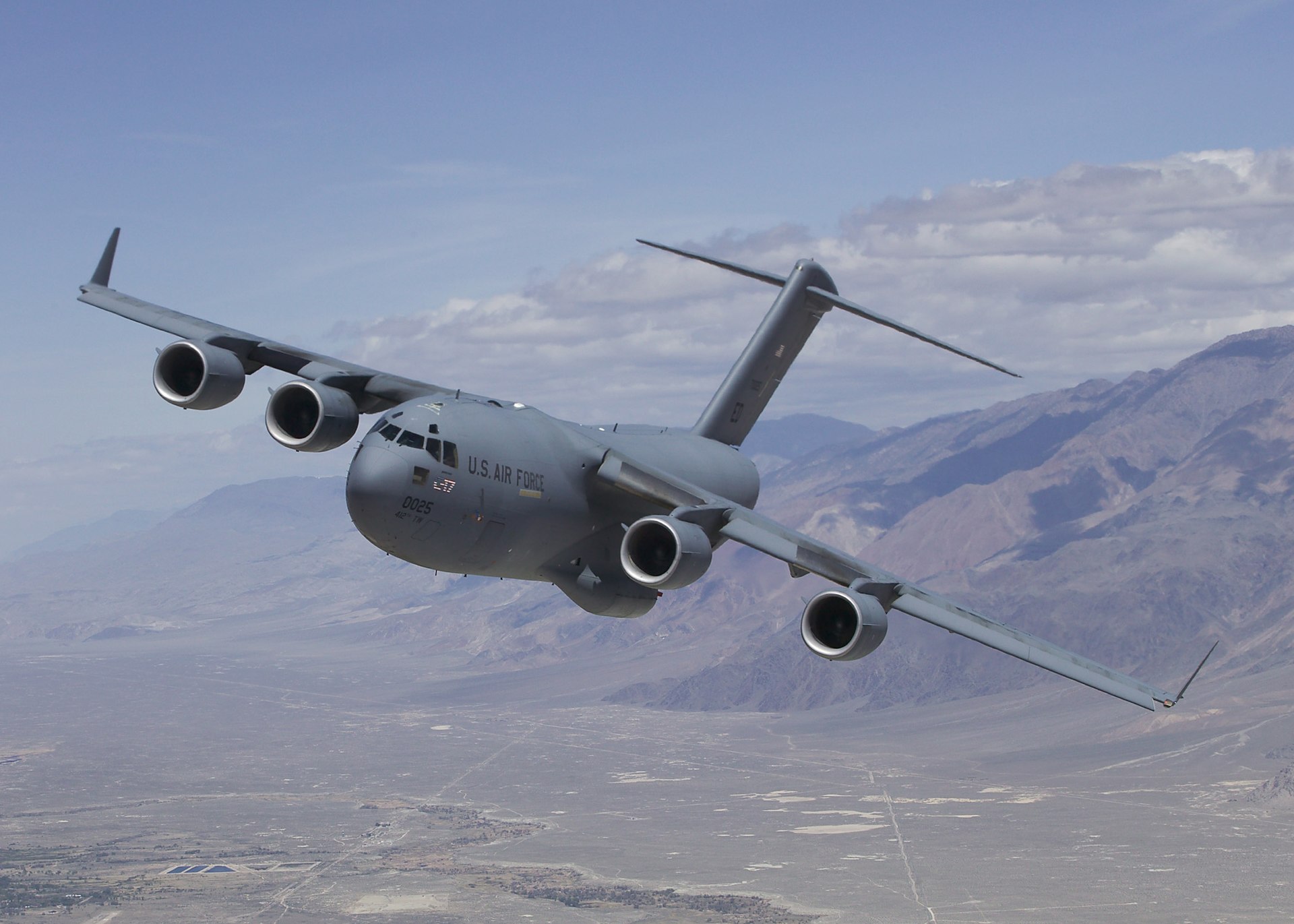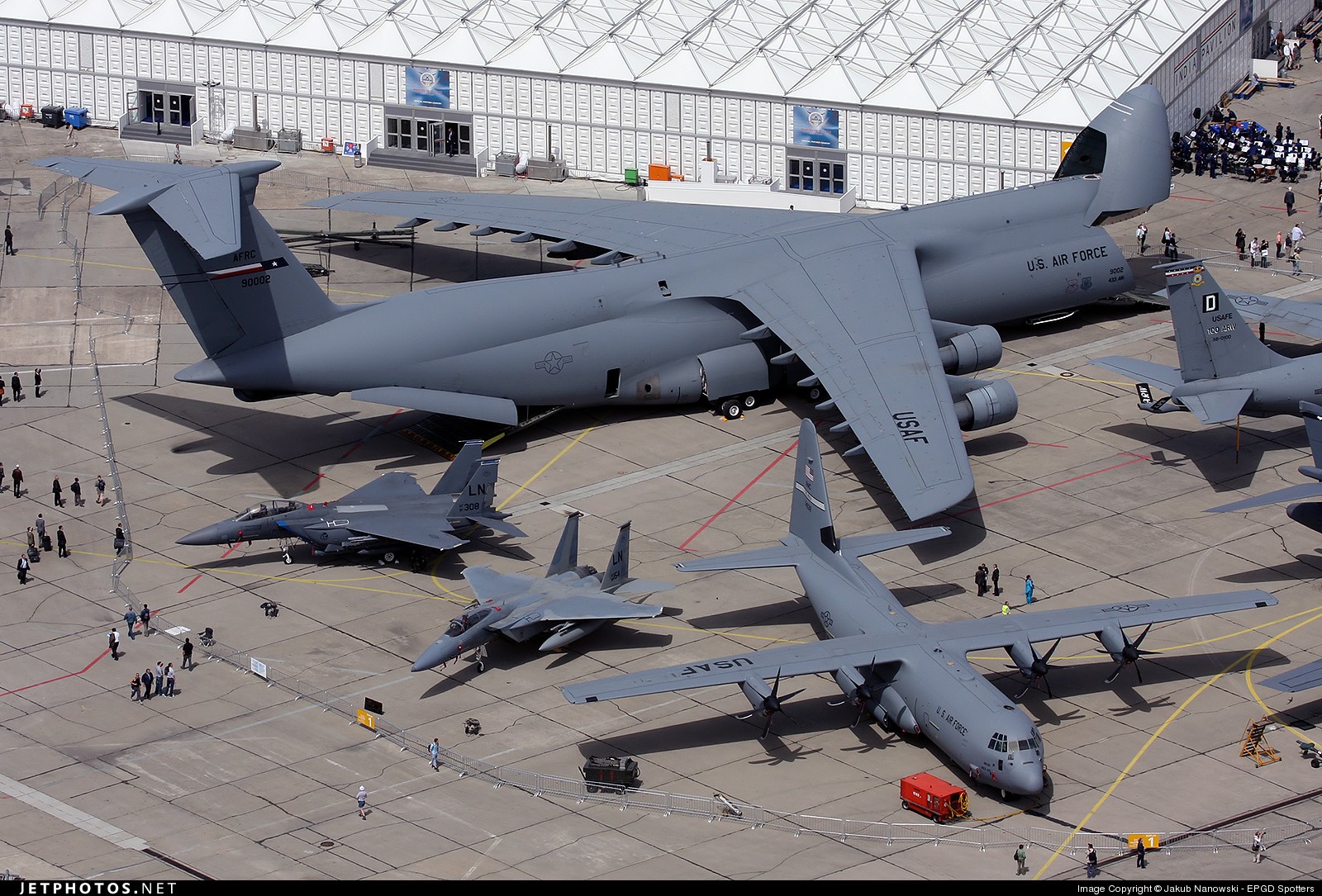U.S. Navy plane carrying 11 crashes into Pacific Ocean off Japan, 8 found
In this Oct. 21, 2017 file photo, the aircraft carrier USS Ronald Reagan (CVN 76) is escorted into Busan port, South Korea, after completing a joint drill with the South Korean military. (Jo Jung-Ho/AP)
By
Anna Fifield November 22
TOKYO — A U.S. Navy transporter plane carrying 11 crew and passengers crashed into the Pacific Ocean off Japan, the U.S. Navy’s 7th Fleet said Wednesday. Eight people have been found — although it was not immediately clear whether they were alive — and the search for the remaining three is continuing.
This is the latest accident to befall the 7th Fleet, which is based in the Japanese port of Yokosuka, south of Tokyo, and has endured multiple collisions at sea this year, including two involving guided-missile destroyers that left 17 sailors dead.
The C-2 Greyhound aircraft was traveling to the USS Ronald Reagan aircraft carrier, which is currently in the Philippine Sea on exercises with Japan’s Maritime Self-Defense Force, when it crashed at 2:45 p.m. local time Wednesday, the 7th Fleet said in a
statement.
The Reagan crew was conducting search and rescue operations Wednesday afternoon and trying to recover the remaining crew and passengers. The cause of the crash is not known, the 7th Fleet said.
Japanese Defense Minister Itsunori Onodera told local reporters that eight people had been recovered from the plane, although it was not clear whether they were found alive. The 7th Fleet, which is did not immediately comment on his statement.
“The Maritime Self-Defense Force is currently searching with U.S. forces,” Onodera said, according to public broadcaster NHK. “We received information from U.S. Forces that the cause is possibly engine malfunction,” he said.
[ Deadly Navy accidents in the Pacific raise questions over a force stretched too thin ]
The C-2 is a twin-engine cargo plane designed to transport people and supplies to and from aircraft carriers. It crashed 93 miles north-west of Okinotori island, about halfway between Okinawa and Guam, according to the Okinawa Defense Bureau.
The 7th Fleet has been carrying out exercises linked to the recent rise in tensions with North Korea. This month, for the first time in a decade, it carried out a
three-carrier strike exercise in the sea between Japan and the Korean Peninsula — a show of force that North Korea has decried as warmongering.
Wednesday’s crash is the latest in a string of accidents to befall the 7th Fleet this year, including two collisions involving guided-missile destroyers that left 17 sailors dead.
Ten were killed when the
USS John S. McCain collided with an oil tanker near Singapore in August, and seven died when the USS Fitzgerald ran into a much heavier container ship off the coast of Japan in June.
The month before, the guided-missile cruiser USS Lake Champlain collided with a South Korean fishing vessel off the Korean Peninsula and the guided-missile cruiser USS Antietam ran aground in Tokyo Bay in January.
[ The Navy has now fired at least six amid the fallout over deadly accidents ]
Most recently, a Japanese tug lost propulsion and
drifted into the USS Benfold, another guided-missile destroyer, during a towing exercise just last week. No one was injured on either vessel and Benfold sustained minimal damage, the 7th Fleet said in a statement on Nov. 18.
The 7th Fleet has about 50 to 70 ships assigned to it and is responsible for an area that spans 36 maritime countries and 48 million square miles in the Pacific and Indian oceans, according to the Navy.
The admiral in charge was removed from his position after his commanders lost confidence in his ability to lead and the Navy’s top admiral
ordered a fleetwide review of seamanship and training in the Pacific after the McCain collision.
A survey of sailors on the USS Shiloh, a cruiser, released last month painted a damning picture of life in the 7th Fleet, where sailors say they are overworked and undertrained.
“I just pray we never have to shoot down a missile from North Korea,” one sailor lamented,
according to the Navy Times, “because then our ineffectiveness will really show.”
The crew members described dysfunction from the top, suicidal thoughts, exhaustion, despair and concern that the Shiloh was being pushed to sail while vital repairs remained incomplete, the paper reported.
https://www.washingtonpost.com/worl...d80b84bebad_story.html?utm_term=.a22a34b685d1




